5 Ways Steven Moffat Will Annoy Me (Yet Somehow Make It OK) with the Rest of Doctor Who Series 7
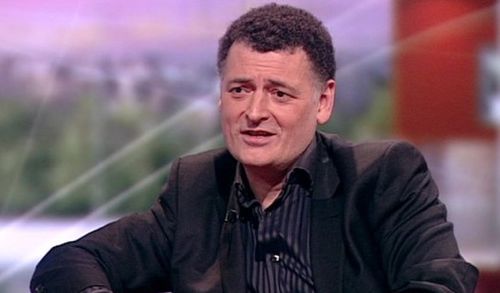 |
Series 7 of Doctor Who resumed Saturday on BBC America with “The Bells of Saint John,” and a lot of it was fun and intriguing. The Doctor (Matt Smith) got a cool new outfit. He drove his anti-grav Triumph motorcycle up the side of London’s landmark skyscraper the Shard. And we had a lot of little clues about what might be in store for the rest of the series and new companion Clara Oswald (Jenna-Louise Coleman).
Still, a lot of things about it bugged me to no end — something I’ve come to expect from showrunner Steven Moffat, who can be incredibly brilliant yet incredibly annoying. I adored him back when he was writing for showrunner Russell T. Davies, who revived the venerable British sci-fi show in 2005. Moffat made such wonderful, creative episodes and had a knack for turning Who conventions on their ear. But once he took over, the things I found charming became irritating. He shrank the Doctor’s world to a series of closed loops containing approximately 3.5 people, turning so many stories around companions Amy Pond (Karen Gillan), Rory Williams (Arthur Darvill) and River Song (Alex Kingston) that they felt like the only inhabitants of his universe. He made it seem like the Doctor was responsible for everything that ever happened in all of time and space. He was a terrible tease, constantly posing questions he didn’t answer. Grrrr!
But it’s too depressing to be mad at Doctor Who all the time, and there’s still a lot to love. So I’ve just accepted that the Moff’s vision of the Doctor isn’t always going to be my cuppa tea. Nevertheless, what I saw Saturday, and what I’ve read about the rest of Series 7, has me a bit riled. Here are five of the most annoying things, and how Moffat will probably convince me it’s all OK in the end. (WARNING: SPOILERS AHEAD!!!)
5. Too Much Information
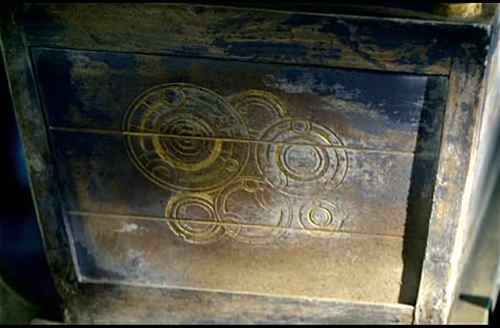 |
The first time the 10th Doctor (David Tennant) met the mysterious River Song, she knew everything about him, though he had no idea who she was. But she convinced him to trust her by whispering something in his ear that no one could’ve known, unless he told them: his actual name. We’ve been teased about that ever since, especially in the last two series, via the riddle of the First Question, the “oldest question in the universe, hidden in plain sight.” The question that, according to creepy villains the Silence, must never be answered. The question that the head of avuncular blue black-marketeer Dorium Maldovar claims is, “Doctor who?” And the question that, we learned last Saturday, the Doctor never realized how much he enjoys hearing spoken out loud.
Last week, U.K. magazine Radio Times published Moffat’s guide to the new episodes. (Online, you can only read his comments for “The Bells of Saint John.”) Moffat says this about the finale, in which River will appear: “You’re about to learn something about the Doctor that you never knew before. And I think you’re in for a shock.”
With all this hinting around that the Doctor’s name will be revealed, at this point I’m not sure it would be much of a shock (unless it turns out to be “Sherlock Holmes”). But that doesn’t mean I’m ruling it out. My bigger beef is, why do we have to know stuff about the Doctor? I don’t want to know his name, who his prom date was, where he got all those women’s clothes he keeps in the TARDIS (wait, maybe I do wanna know that) or whatever. The cool thing about the Doctor is that he’s self-invented — an inspiration to freaks everywhere. So what’s wrong with leaving him a mystery? And why do we have to be “shocked” by whatever it is we’ll learn?
It’s OK because: Though Moffat is arrogant enough to give the Doctor a name, I think he’ll punt. But any revelation about the Doctor threatens to be a drag on some level. So maybe this one won’t be OK.
4. Timey-Wimey
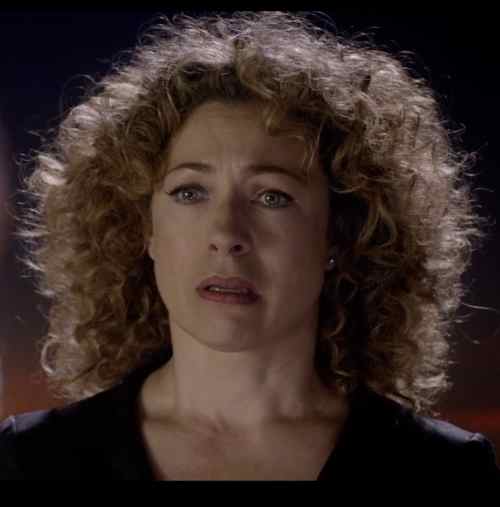 |
The complicated back-and-forth-through-time stuff was so much fun at first, like in the short “Time Crash” and in River Song’s two-part debut, “Silence in the Library”/”Forest of the Dead.” But now the timey-wimey razzle-dazzle is just annoying. Once upon a time, the Doctor could toss off cryptic one-liners about things he’d done in his travels, and no one expected to ever actually see them onscreen. Now it seems like any passing reference the Doctor makes, or any random thing that comes out of some minor character’s mouth, is an arrow pointing to some future plot point.
For example, Blogtor Who recently posted an interview with Moffat, recorded at Dublin’s Trinity College. The post notes that Moffat confirmed River will be back, “whilst also saying, when prompted, ‘Is there more to come about, as it were, Trenzalore and the battle in the Doctor’s future that led to the attempts on his life in the past? Is that what you’re asking? Yes.'”
It’s OK because: God help me, I really want to see what happens at Trenzalore.
3. Fake Firsts
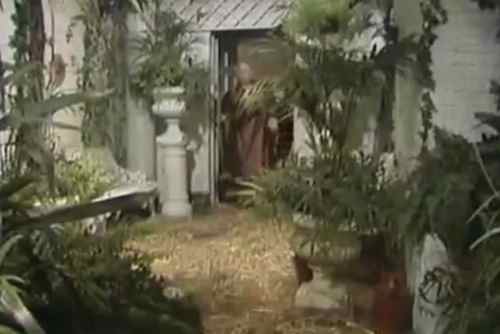 |
“The wait is over,” Moffat declares in his Radio Times blurb for episode 11, “Journey to the Centre of the TARDIS.” Meaning, we’ll finally get to see the inside of the TARDIS. This is typical grandstanding on his part: One would think from that statement that we’ve never seen much more of the interior beyond the console room. But we have.
We’ve had glimpses in many classic series tales, probably most extensively in the Fourth Doctor serial “The Invasion of Time,” where the Doctor, Leela and others wander through hallways, stairwells, a workshop, service tunnels, Storeroom 23A, a garden (pictured) and even the swimming pool — often referenced but never shown in the new series. In other stories, we see the Cloister Room and the Zero Room, among others. And lots of stuff in the 1996 TV movie happens inside the TARDIS, including the final battle.
It’s OK because: INSIDE OF THE TARDIS! I’ve no doubt that Moffat’s take will be extremely cool. (But will it have a swimming pool?)
2. Out with the Old … Not Really
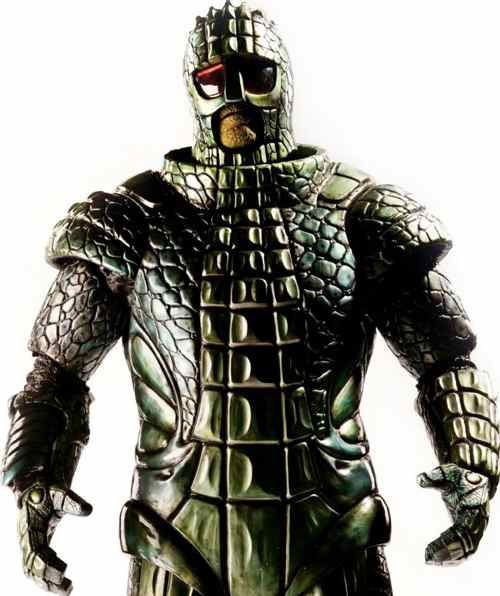 |
Moffat tends to scoff at nostalgia, and he likes to say that Doctor Who needs to stay fresh, that it should never feel old but must feel new. So how come so much of “The Bells of Saint John” felt like him reusing old bits? The opening featured a video warning, with a guy saying “don’t click” on any Wi-Fi option with mysterious alien symbols, lest you die. Shades of “Blink,” Moffat’s classic 2007 episode introducing the creepy Weeping Angels, and its admonition to “don’t blink” while looking at them, or you’ll die. Directly recalling the spooky Smilers from Moffat’s 2010 episode “The Beast Below,” the monsters here, the Spoonheads, slowly rotate their heads to reveal their scariest side. And “Bells” harked back to “The Snowmen,” last year’s Christmas episode, setting up yet another long-term arc with a mystery that needs solving.
Moffat also never seems to mind getting mileage out of mixing in monsters from the classic series, which certainly seems to show a fondness for (or at least acceptance of) revisiting history. On his watch we’ve had Daleks (including a return to their origin planet, Skaro), Silurians, Autons, Sontarans and, coming up, new takes on the Ice Warriors (pictured) and the Cybermen. I love that, but it sorta makes his insistence on staying fresh feel hypocritical.
It’s OK because: Neil Gaiman wrote the Cybermen episode. After his stunningly wonderful Series 6 story, “The Doctor’s Wife,” I’m ready to be dazzled again. And I don’t even like Cybermen very much.
1. Yet Another Ooo-Mysterious-Companion Arc
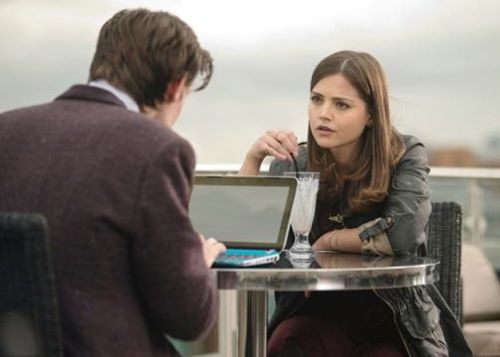 |
First River Song. Then Amy Pond. And now Clara Oswald (pictured) — the companion of past, present and future. She’s already died twice helping the Doctor, and now he’s hooked on solving the mystery of who the “impossible girl” is and how she can exist. But first he has to figure out how to get her to remember him — not to mention how to get her to join him in the TARDIS.
Anyway, this guarantees that the rest of Series 7 will be yet another companion-background scavenger hunt, as the Doctor searches for clues to Clara’s true identity and perhaps tries to convince her that she is a mystery … a mystery that will undoubtedly be inextricably tied to him in some headache-inducing way.
Bonus gripe: As shown in the recent prequel minisode to “The Bells of Saint John,” Clara is yet another female character (like Amy and Madame de Pompadour before her) who meets the Doctor as a child.
It’s OK because: Jenna-Louise Coleman has already charmed me, and, though the mystery-companion thing has gotten old, I still want to see how it unfolds.
